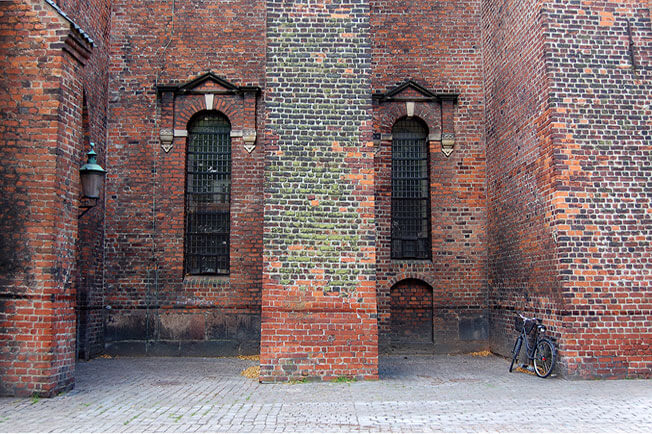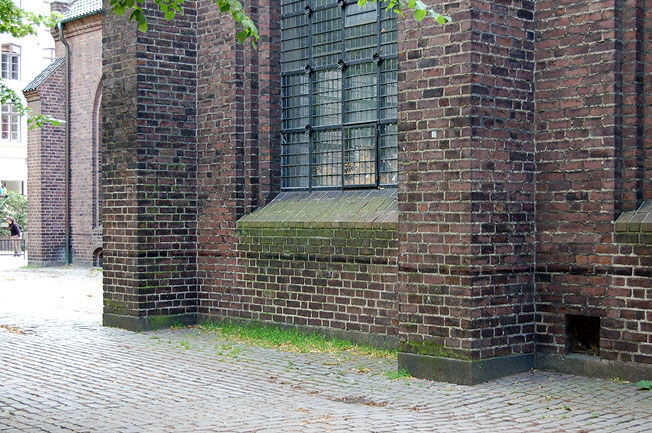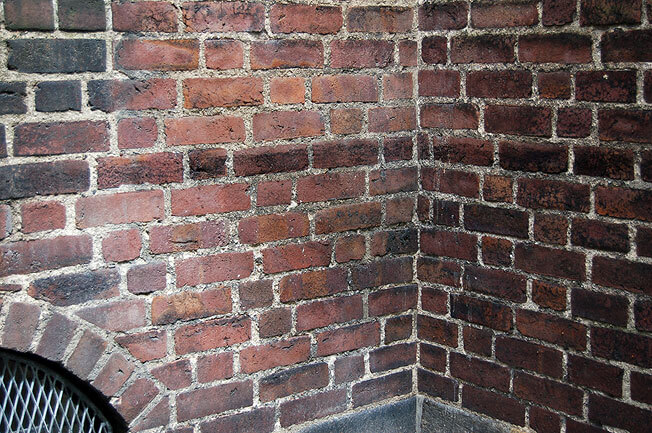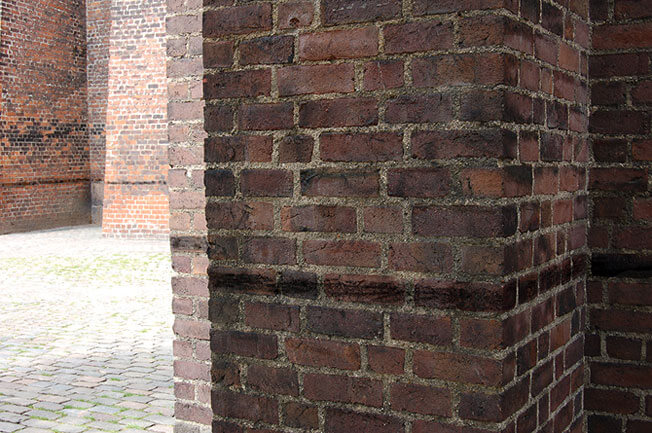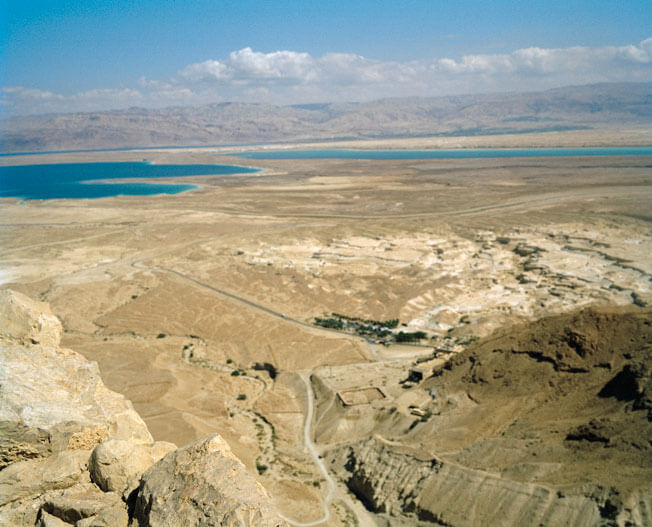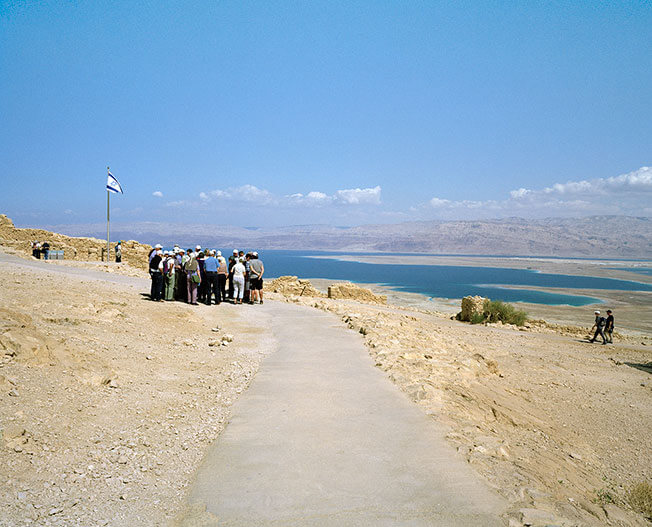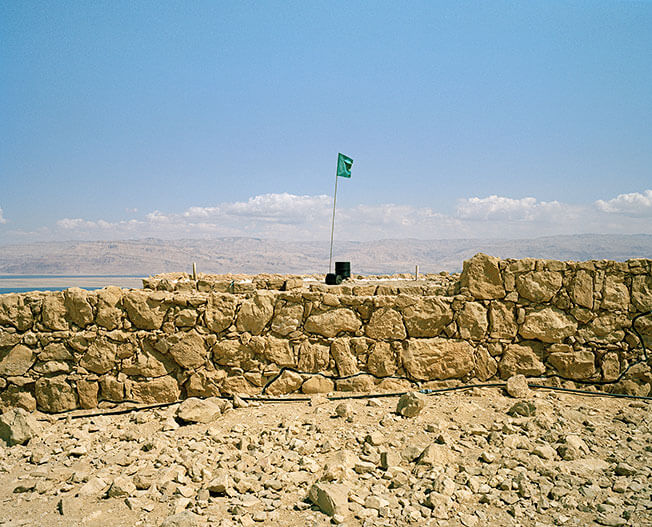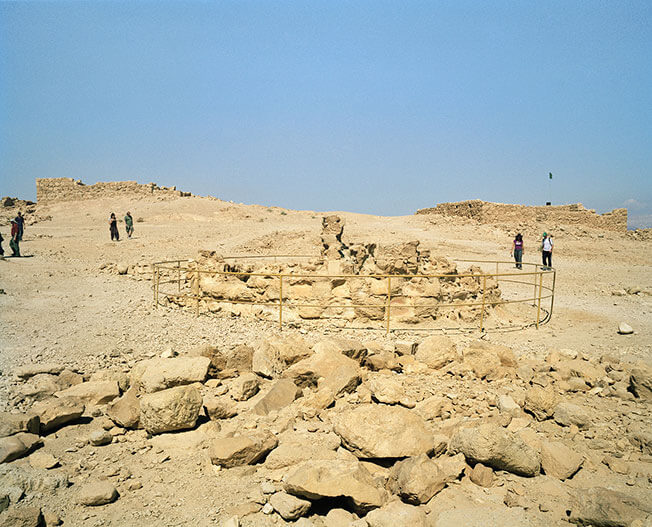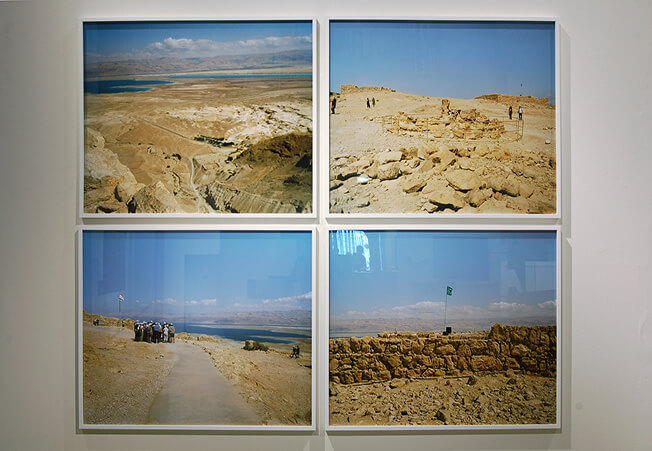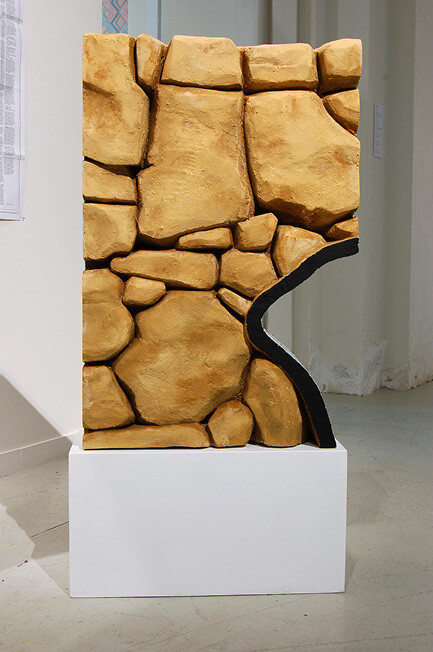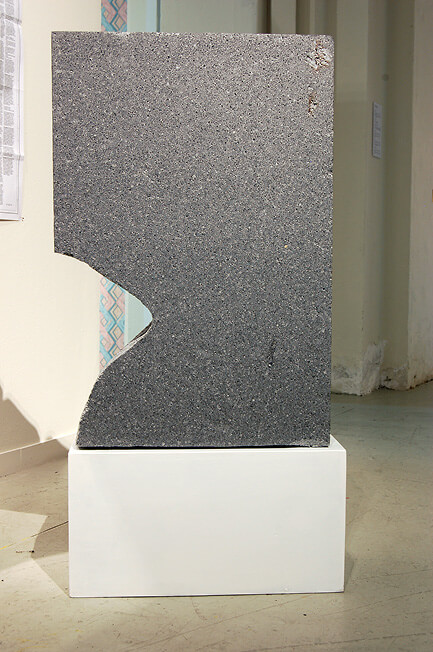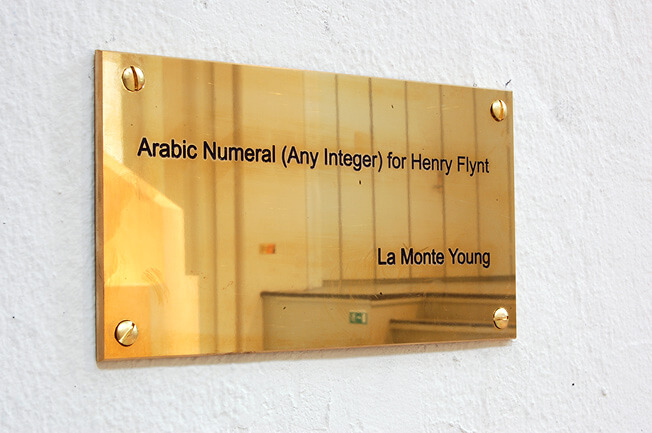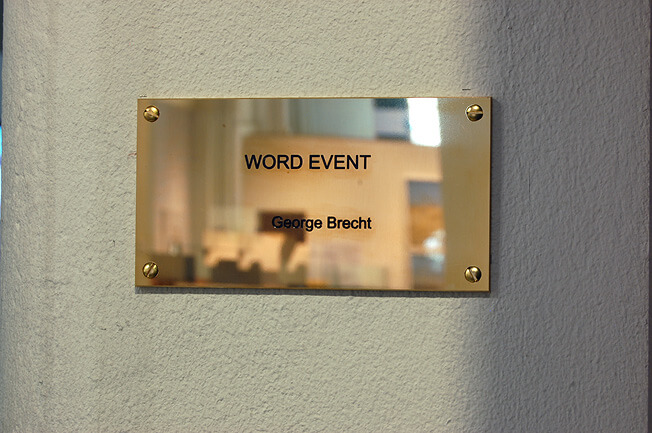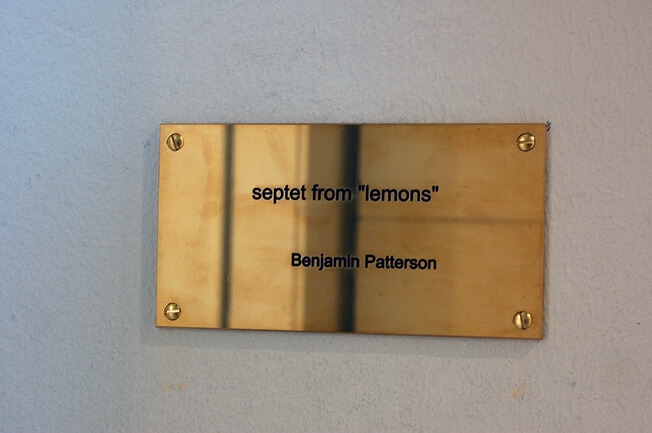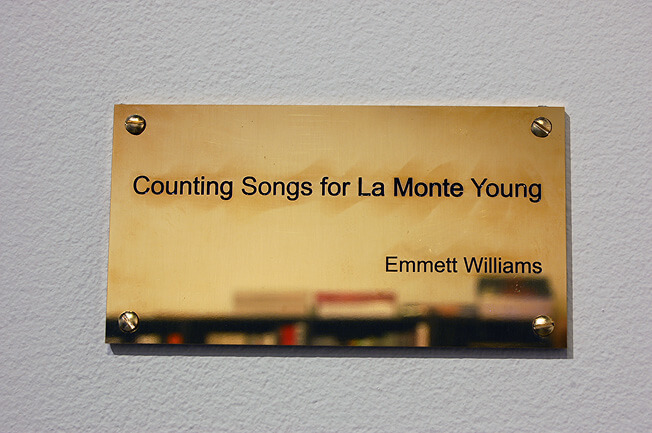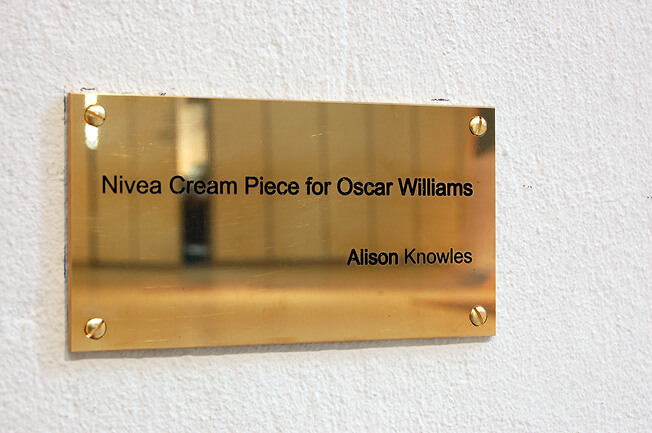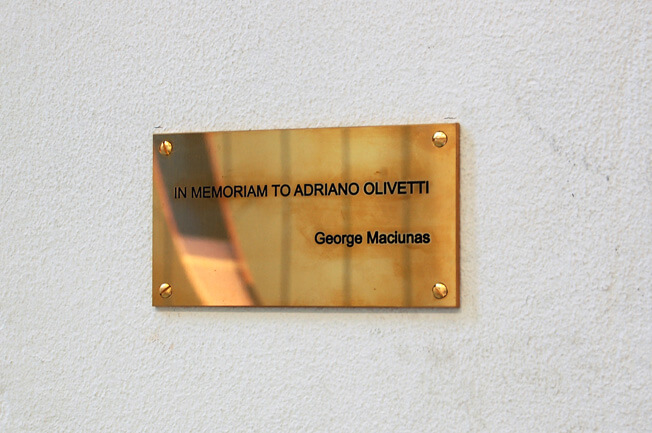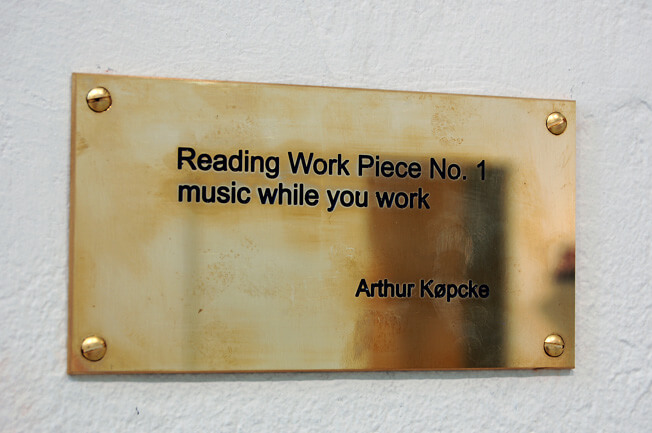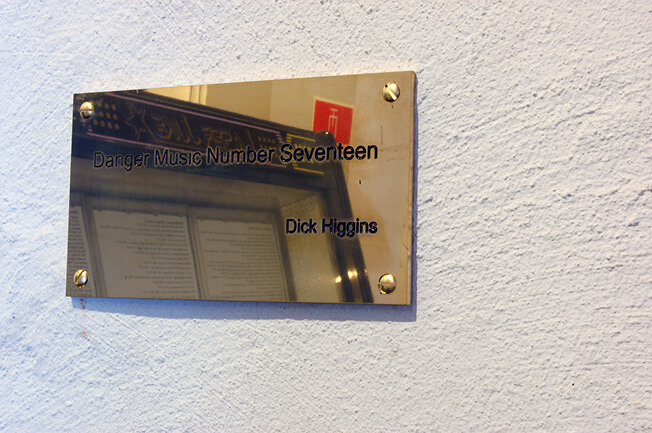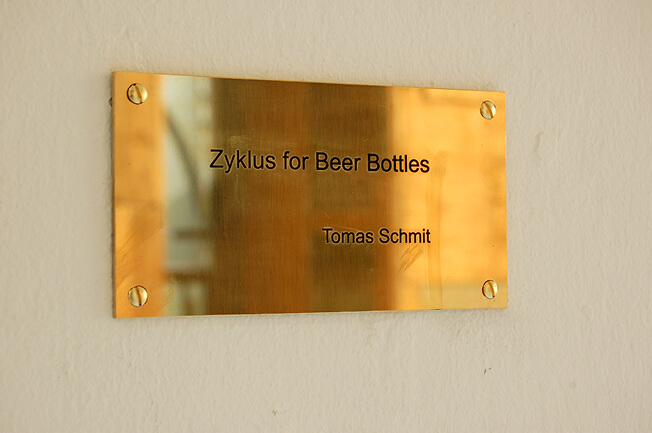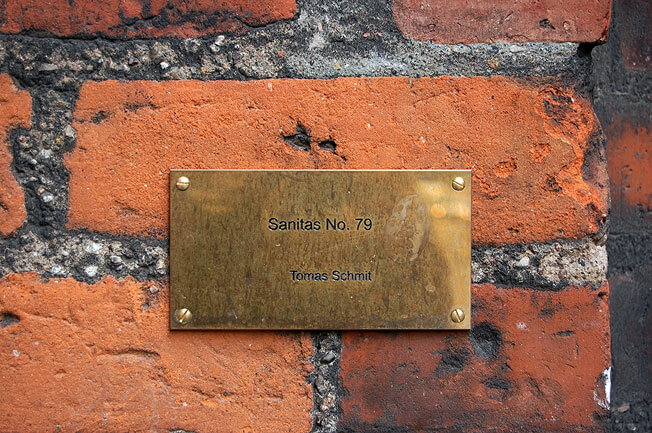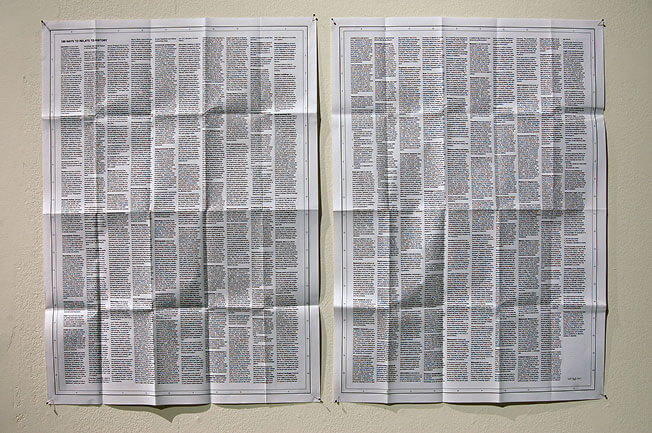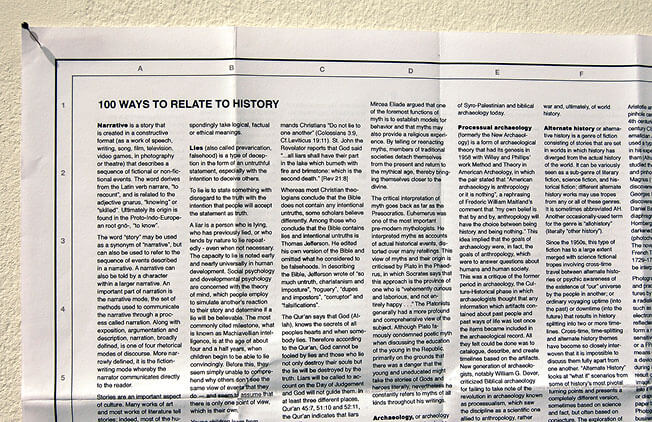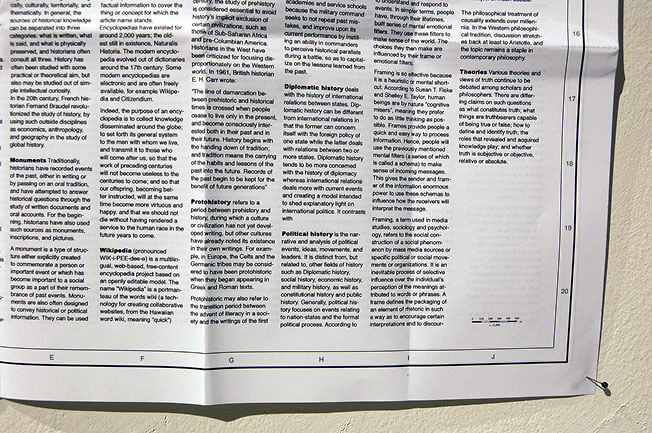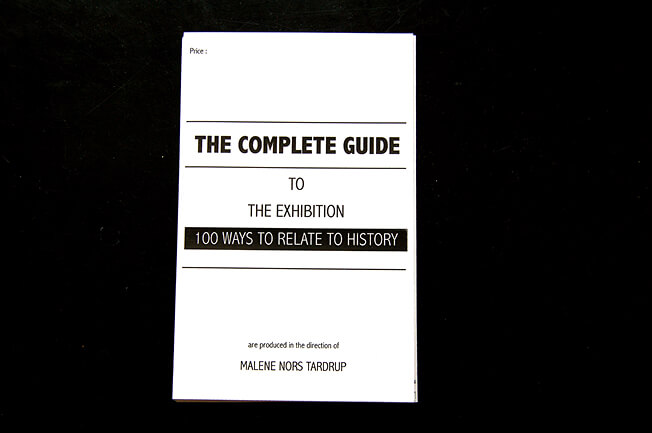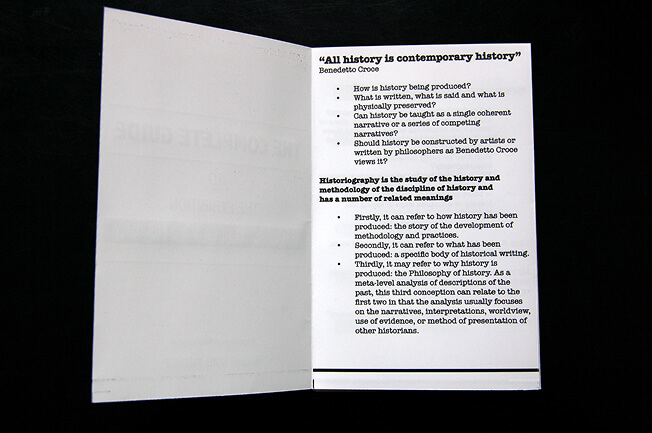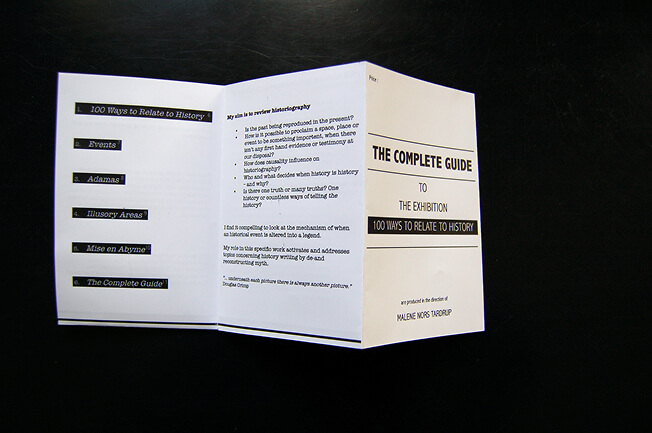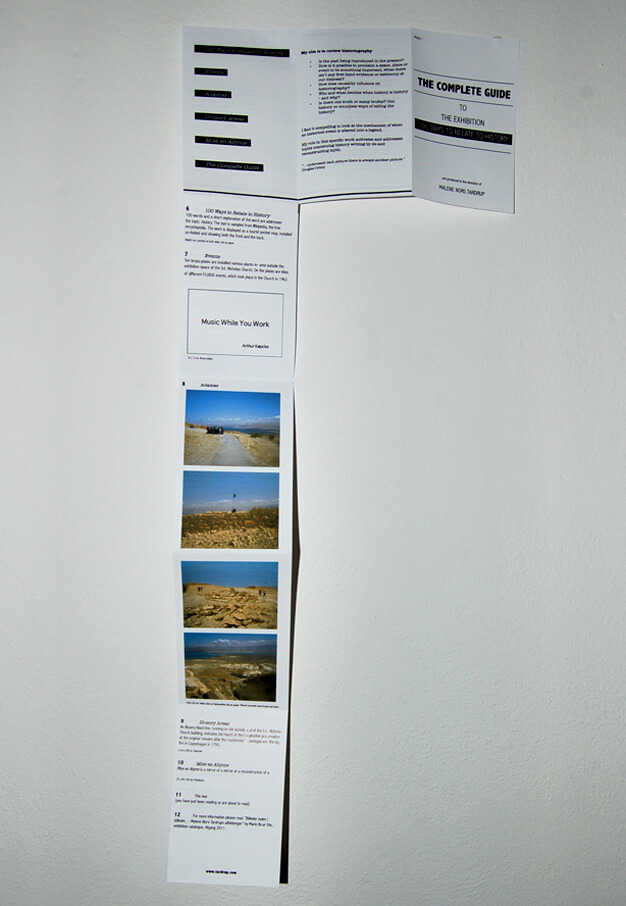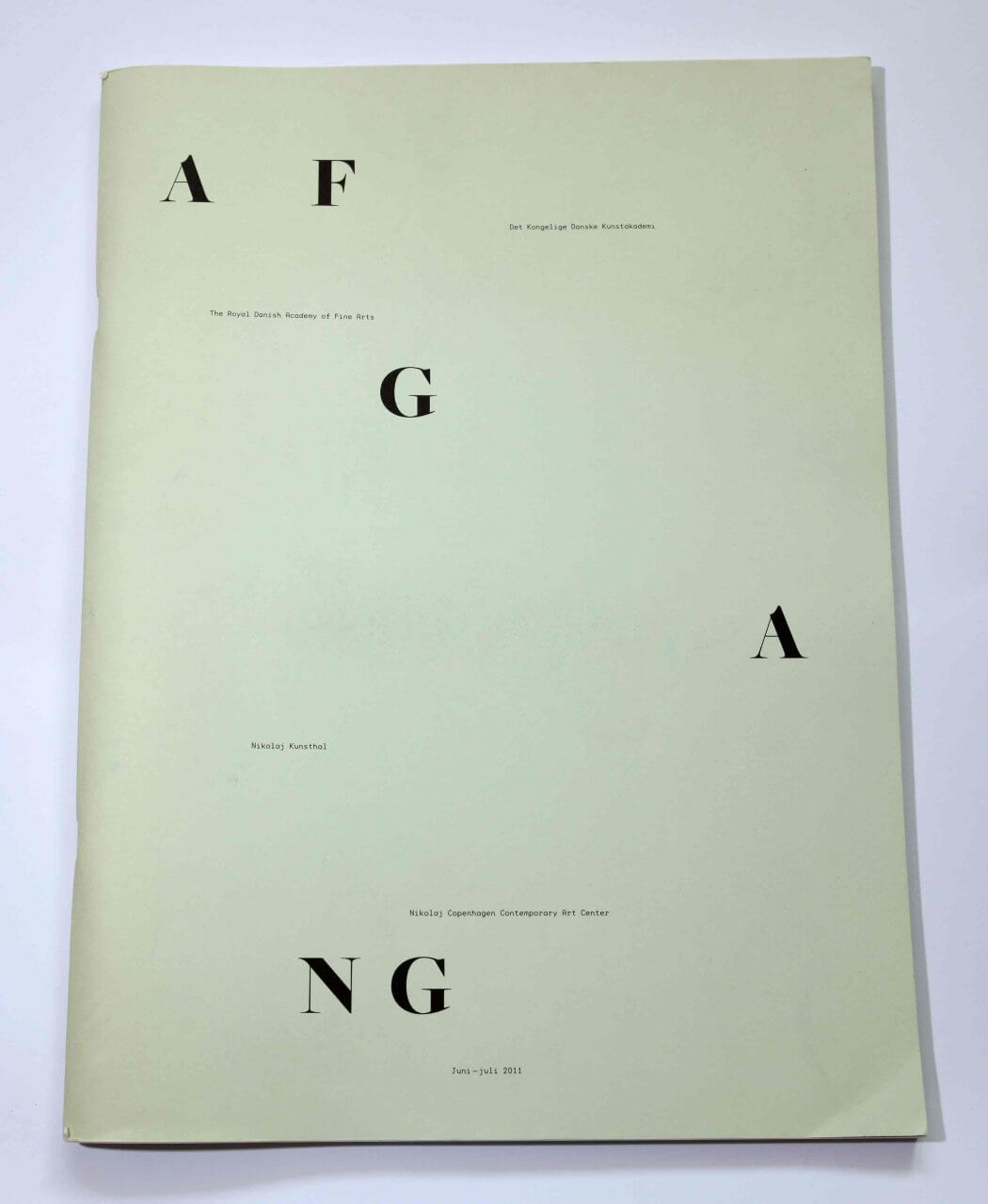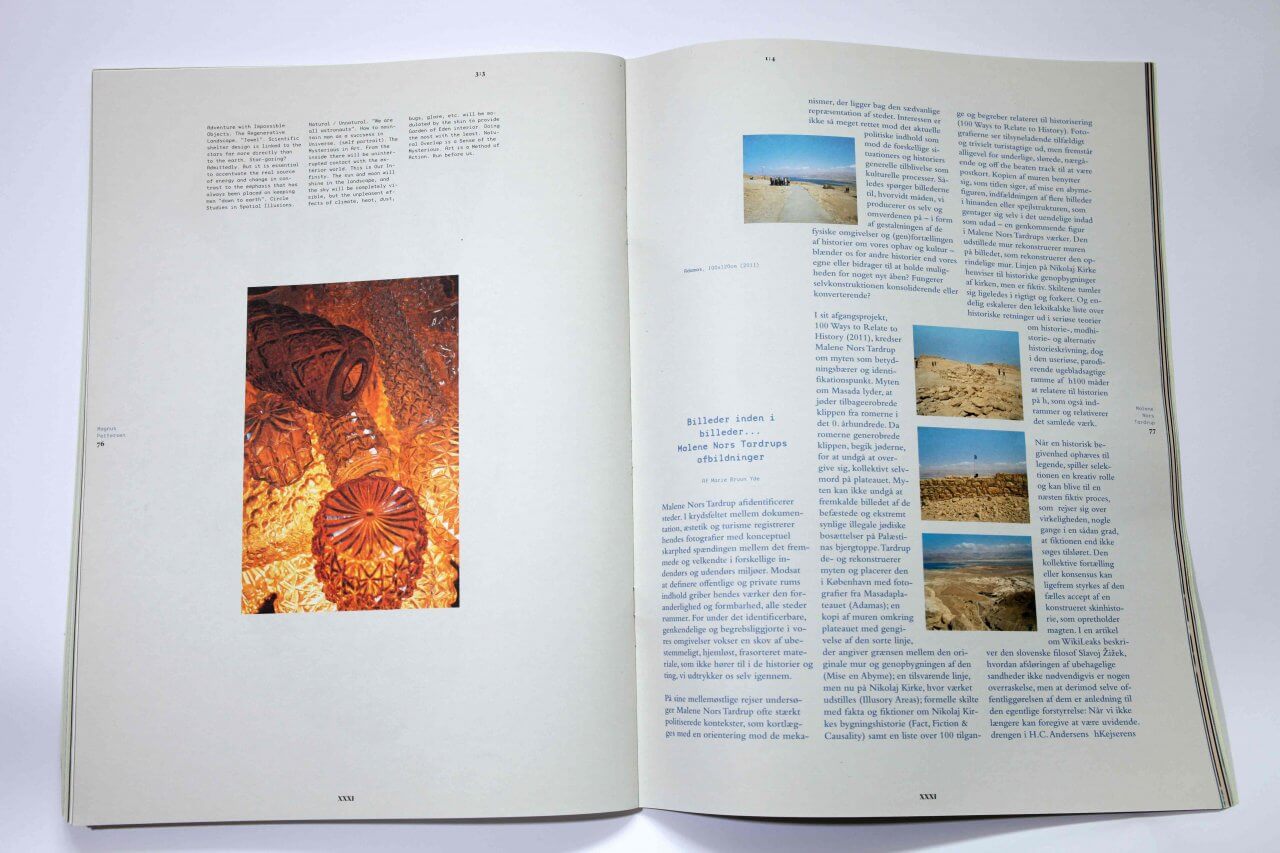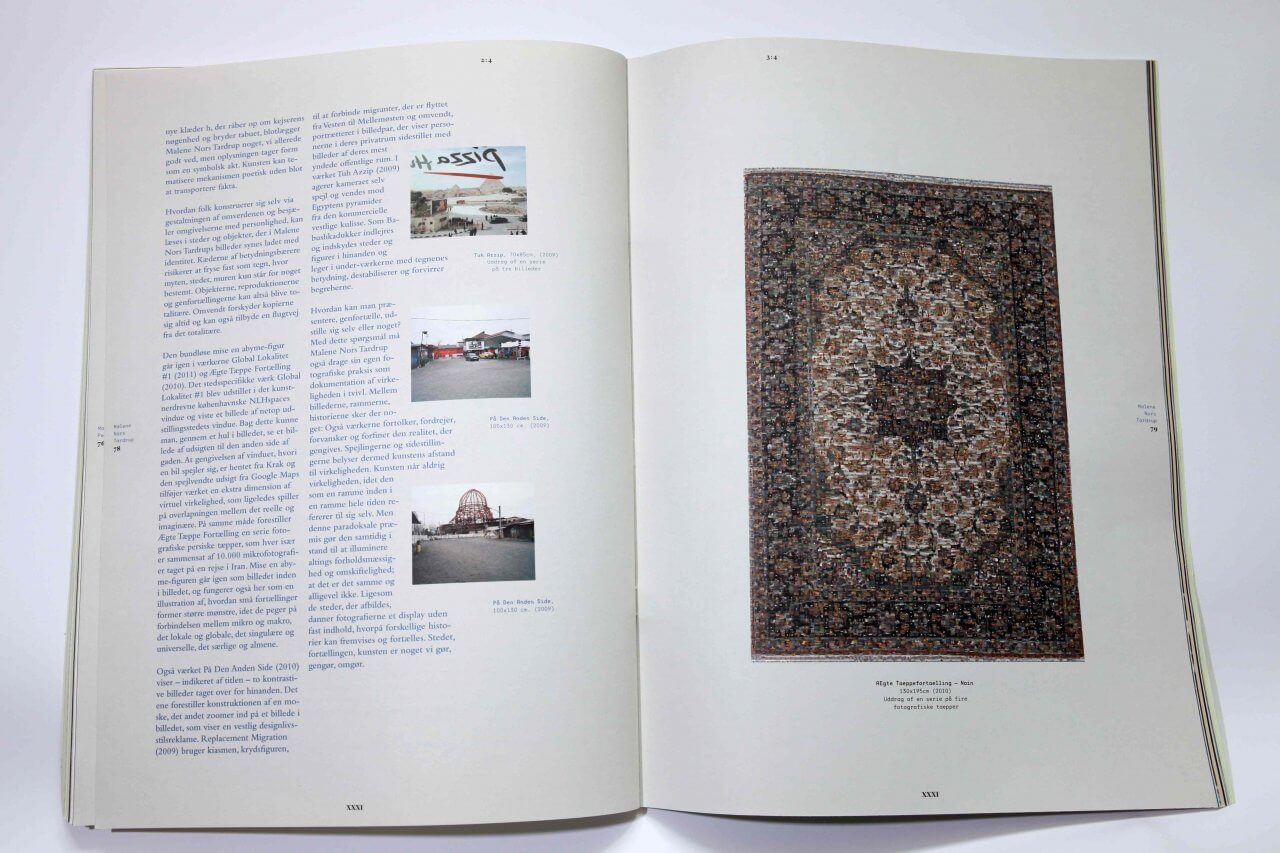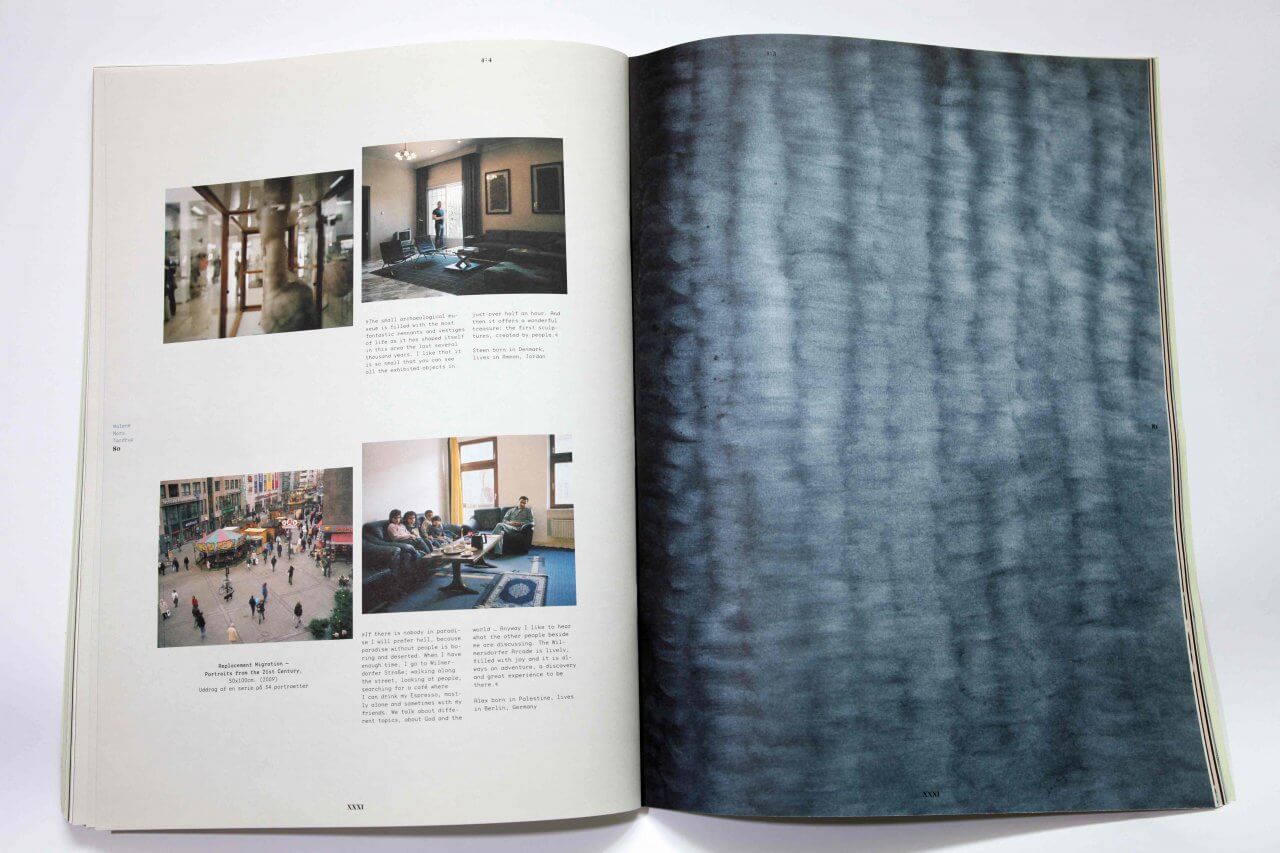100 ways to relate to history
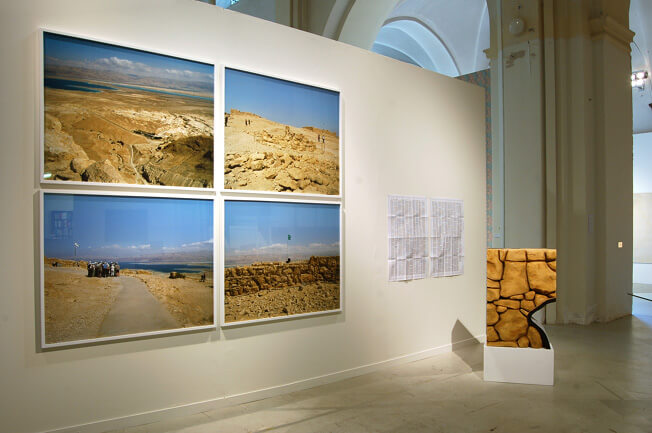
about the project
100 Ways to Relate to History (2011)
How is history being produced? What is written, what is said and what is physically preserved? Can history be taught as a single coherent narrative or a series of competing narratives? Should history be constructed by artists or written by philosophers as Benedetto Croce views it? The project 100 Ways to Relate to History consists of six works under the overall title 100 Ways To Relate To History. The work draws parallels to the processes of historical practice and explores historiography by questioning the human’s production of and interaction with history on a meta-level.
“All history is contemporary history”.
Illusory Areas
A black line is running on the outside wall of the Sct. Nicholas Church building. The line indicates the height of the preservation of the original remains after the big fire in Copenhagen in 1795.
Adamas
The fortress wall of Masada, the original and the reconstructed, is seen in the South District of Israel on top of an isolated rock plateau, or horst, on the eastern edge of the Judean Desert overlooking the Dead Sea. After the First Jewish-Roman War a siege of the fortress by troops of the Roman Empire led to the mass suicide of the Sicarii rebels. “They’ll never take us alive” which became the “Masada Complex” and figures prominently in the Israeli psyche today. It was fortified between 103 and 76 BC.
“…underneath each picture there is always another picture”.
Mise en Abyme
“The lines of black paint you’ll see on the ruins indicate which parts are the original remains and which parts are reconstructed”. (Lonely Planet, Israel & the Palestinian Territories, Masada, p.337). Mise en Abyme is a mirror of a mirror or a reconstruction of a reconstruction. The installation is a reconstructed part of the reconstructed wall, including the black paint line, which is also seen in one of the photographs,
Events
Ten brass-plates were installed various places in- and outside the exhibition space of Sct. Nicholas Church. On the brass-plates are titles from different FLUXUS concerts, which took place in the church in 1962. The FLUXUS event lasted only a few days, before the they were forced by the authorities to cancel all the events.
100 ways to relate to history
100 words and a short explanation of the word are addressing the topic historiography. The text is sampled from Wikipedia, the free encyclopedia. The work is shaped as a tourist map, installed un-folded and showing both the front and the back.
the complete guide
The Complete Guide is a complete guide and a exhibition catalouge on the project 100 Ways to Relate to History.
catalogue
Uddrag fra katalog teksten ”Billeder inden i billeder… Malene Nors Tardrups afbildninger” af Marie Bruun Yde.
I sit afgangsprojekt, 100 Ways to Relate to History (2011), kredser Malene Nors Tardrup om myten som betydningsbærer og identifikationspunkt. Myten om Masada lyder, at jøder tilbageerobrede klippen fra romerne i det 0. århundrede. Da romerne generobrede klippen, begik jøderne, for at undgå at overgive sig, kollektivt selvmord på plateauet. Myten kan ikke undgå at fremkalde billedet af de befæstede og ekstremt synlige illegale jødiske bosættelser på Palæstinas bjergtoppe.
Tardrup de- og rekonstruerer myten og placerer den i København med fotografier fra Masadaplateauet (Adamas); en kopi af muren omkring plateauet med gengivelse af den sorte linje, der angiver grænsen mellem den originale mur og genopbygningen af den (Mise en Abyme); en tilsvarende linje, men nu på Nikolaj Kirke, hvor værket udstilles (Illusory Areas); formelle messingskilte indgraveret med kunstnerens navn og titel på 10 FLUXUS-koncerter/stykker, som blev opført i Nikolaj Kirken i 1962 (Events), en liste over 100 tilgange og begreber relateret til historisering (100 Ways to Relate to History) samt en underfundig værkbeskrivelse (The Complete Guide).
Fotografierne ser tilsyneladende tilfældigt og trivielt turistagtige ud, men fremstår alligevel for underlige, slørede, nærgående og off the beaten track til at være postkort. Kopien af muren benytter sig, som titlen siger, af mise en abyme-figuren, indfældningen af flere billeder i hinanden eller spejlstrukturen, som gentager sig selv i det uendelige indad som udad – en genkommende figur i Malene Nors Tardrups værker. Den udstillede mur rekonstruerer muren på billedet, som rekonstruerer den oprindelige mur. Linjen på Nikolaj Kirke henviser til historiske genopbygninger af kirken, men er fiktiv. Skiltene leger med hvornår en event går fra at være en hændelse til at indskrive sig i kategorien af vigtige historiske begivenheder . Og endelig eskalerer den leksikalske liste over historiske retninger ud i seriøse teorier om historie-, modhistorie- og alternativ historieskrivning, dog i den useriøse, parodierende ugebladsagtige ramme af ”100 måder at relatere til historien på”, som også indrammer og relativerer det samlede værk. Omkring alle værkerne, har Tardrup skabt en lille guidebog; en subtil værkbeskrivelse, hvor hovedteksten afspejles i fodnoterne, og hvor den sekundære tekst tilsammen udgør mere end den primære tekst.
